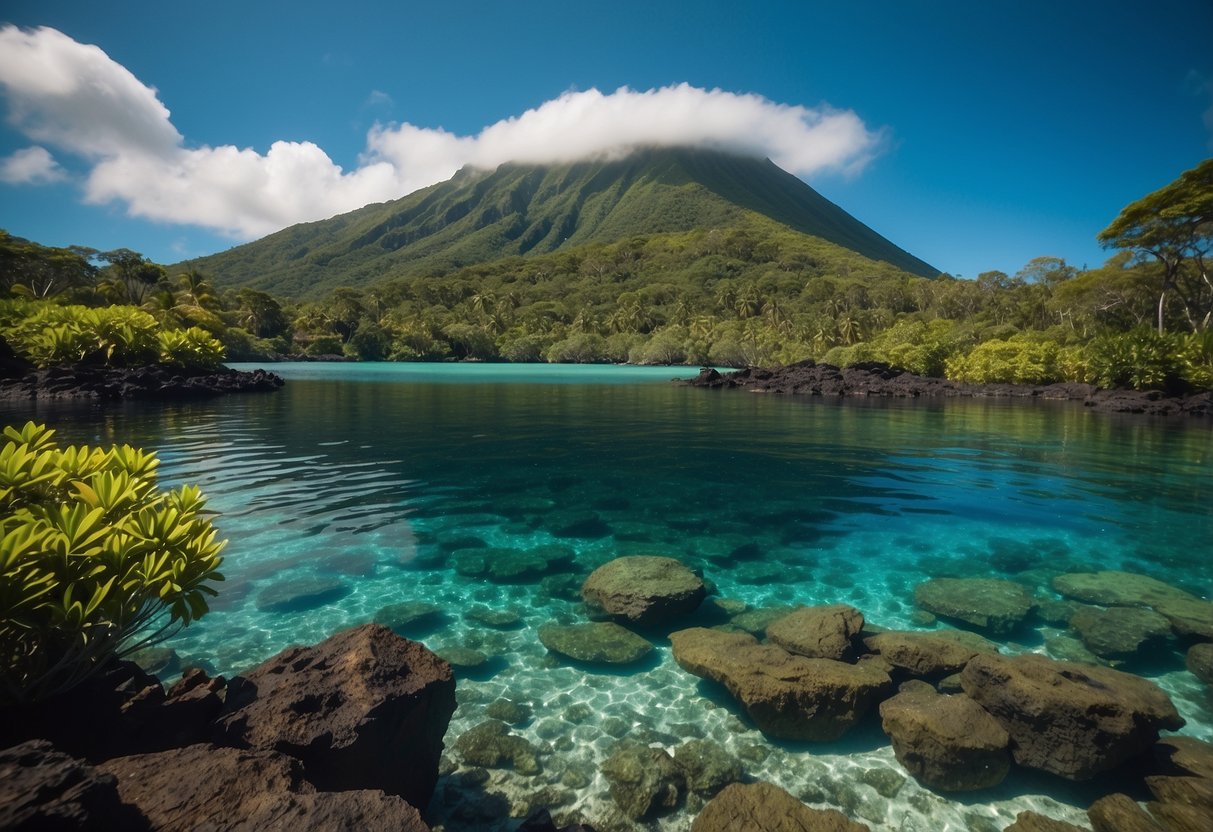
Following in Darwin’s Footsteps
Visitors to the Galápagos Islands can trace the routes that Charles Darwin took, observing the unique flora and fauna that contributed to his revolutionary theory of evolution. The biodiversity present offers a living classroom where these scientific concepts come to life.
The Theory of Evolution
Charles Darwin first arrived at the Galápagos Islands in 1835 on the HMS Beagle. Here, he observed distinct variations among species on different islands. These observations led to his formulation of the theory of evolution by natural selection.
The islands’ unique biodiversity provided crucial evidence. Darwin noted that finches had different beak shapes depending on their food sources. This adaptability illustrated how species evolve over generations to better survive in their environments.
Darwin’s studies extended beyond birds. He also examined tortoises, noting differences in shell shapes across islands. These findings supported his ideas about adaptation and natural selection. The Galápagos remain a key location for understanding evolution, attracting researchers and nature enthusiasts interested in seeing the principles of natural selection in action.
Walking the same paths Darwin once did, visitors can appreciate how the islands’ isolation has preserved a variety of species, each adapted to their unique habitats. This provides a deeper appreciation of the natural world and the processes that drive biodiversity.
Navigating the Waters
When exploring the waters of the Galápagos Islands, selecting the right tour and understanding the differences between cruise ships and day trips is crucial. Each option offers unique experiences, with various benefits and considerations for travelers.
Choosing Your Tour
Selecting the appropriate tour in the Galápagos depends largely on personal preferences and travel goals. Adventure travelers might prefer specialized tours such as those offered by the Galapagos Sky, which cater to divers looking for underwater adventures. Other notable choices include the Galapagos Aggressor III and the Galapagos Master, both renowned for their excellent amenities and dive itineraries.
Tours can range from luxurious week-long cruises to shorter, budget-friendly day trips. It’s essential to consider factors like Seasickness or Motion Sickness, as longer cruises may pose challenges for those prone to discomfort. Travelers need to evaluate the types of activities included, accommodation standards, and the level of guides accompanying the tour. Personal interests such as wildlife observation, snorkeling, or hiking play a significant role in choosing the ideal tour.
Cruise Ships and Day Trips
Cruise ships offer an in-depth way to experience the diverse ecosystems of the Galápagos. Vessels like the Galapagos Sky offer week-long excursions with diving expeditions, allowing travelers to explore remote dive sites and encounter marine life. Similar ships like the Galapagos Aggressor III and Galapagos Master provide extensive itineraries covering several islands, with onboard comforts ensuring a pleasant journey.
Day trips are a more flexible alternative, perfect for those with limited time or those who prefer a less intensive travel schedule. These trips allow visitors to explore specific islands and engage in activities like snorkeling, hiking, or wildlife watching without committing to several days at sea. This option may also suit travelers susceptible to seasickness, as the shorter periods on the water may mitigate discomfort.
Choosing between cruise ships and day trips involves weighing the duration, the intensity of activities, and individual tolerance to sea conditions. Each mode of exploration provides opportunities to witness the beauty and biodiversity of the Galápagos in unique and memorable ways.